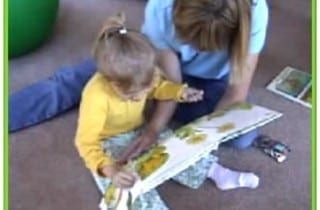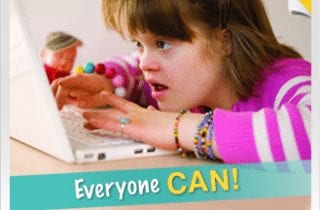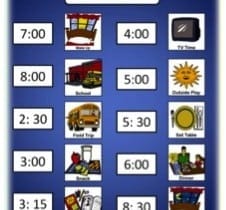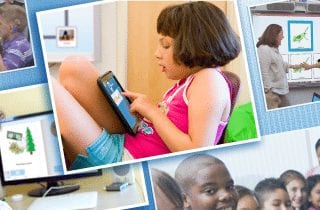According to the U.S. Department of Labor Statistics, the unemployment rate for individuals with disabilities is 78.5%. In the last decade research on teaching students with significant disabilities has identified many effective instructional strategies appropriate for secondary students. As educators, how can we utilize these strategies to better prepare our students for life beyond school?
This webinar was presented by Dr. James Ball, Ed.D., BCBA-D, President & CEO of JB Autism Consulting, Executive Board Chair of the Autism Society’s National Board of Directors, and award-winning author, and focused on teaching specific skills, enhancing motivation, and generalization training.
Many students on the autism spectrum are also nonspeaking or have low verbal skills. Visual supports are often used as a tool to support students; however the use of the supports is often misunderstood and overused.
Big Deal Media’s newest enewsletter provides educators with easily accessible resources and more to meet the individual needs of their students.
autism1edWeb’s Teaching Students with Autism community held its May webinar on creating and implementing visual schedules and the benefits they provide for children with autism. Webinar presenters, Mandi Rickelman, MA (Supervisor, Monarch Center for Autism Preschool) and Anna Hutt Fredman, MS, CCC-SLP (Speech/Language Pathologist, Monarch Preschool) showed attendees how visual schedules can transform lives by organizing a child’s day, preparing him or her for everyday and unexpected routines, decreasing anxiety and challenging behaviors, and enhancing interactions and experiences.
Students with autism have special needs in language based learning that includes a focus on increasingly more complex ‘symbolic’ or abstract learning and integration of how words are ‘social’ tools and characters have social motivations and goals.
Every student, and every teacher for that matter, is a unique individual with characteristics, beliefs, abilities, needs, and preferences. Variation, rather than standardization, is the reality in our classrooms, our lives, and for our students.
Students with autism can achieve great success in environments that help them succeed. How does that work? Settings that are “autism communication friendly” provide a variety of little things that result in big positive changes in student participation.
April brings us a month of celebrating our families and friends with Autism. It is AWARENESS about Autism, that each person with a diagnosis is a unique individual who is a brother, sister, son, daughter, aunt, uncle, neighbor, student, or friend.
Implementation doesn’t come with a download. Whether your student is using a free AAC app, a simple app, a complex app, or an app that costs hundreds of dollars, student and partner strategies probably aren’t as easy as the click was to install the app. Well there is no need to get discouraged and think that you have to download another app to get to AAC utopia!










